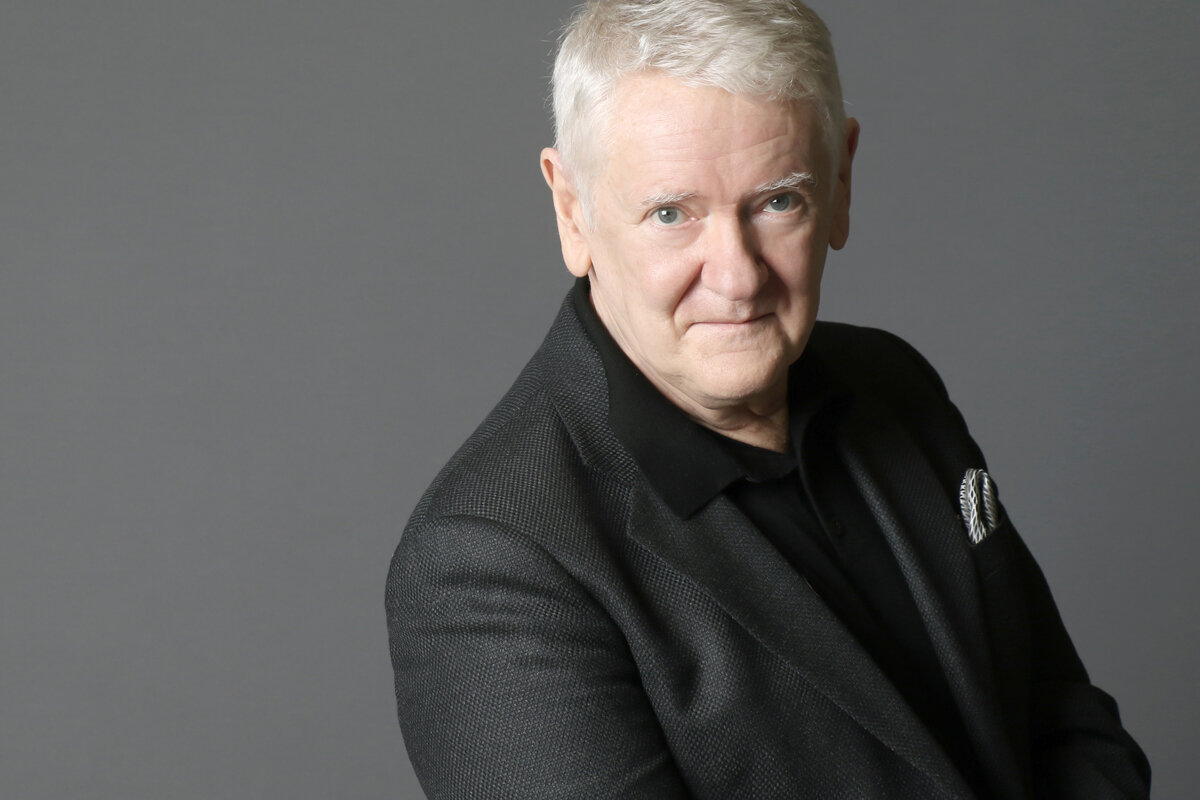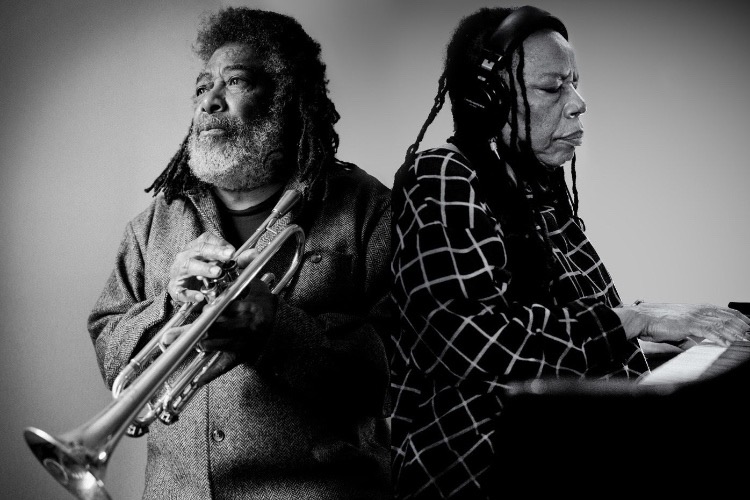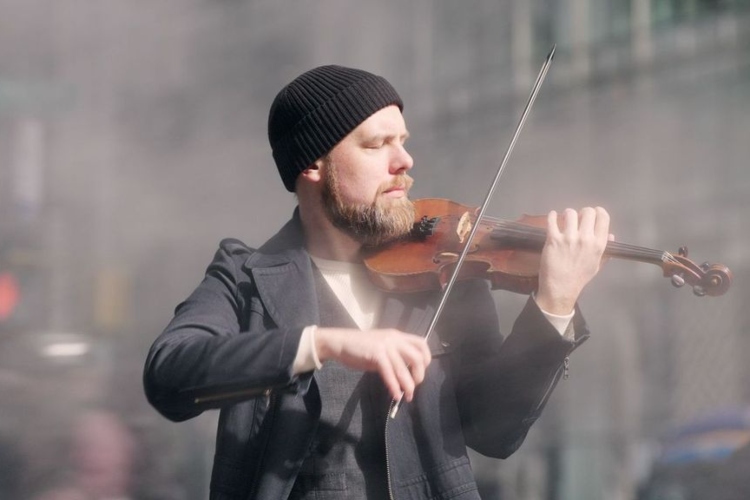Trying to Do Right by the Music: Selected Recordings with Jim Anderson
|
Getting your Trinity Audio player ready...
|
We continue our conversation with Jim Anderson (click here for our prior discussion with him and Ulrike Schwarz on immersive audio) by covering some of his prior recordings. Our selections show that while Anderson defines most of his work within the jazz tradition, that category is broad. Its breadth encompasses everything from a funky lost live recording by a musical icon to bringing high resolution to a downtown lo-fi master to finding the space where poetry and music converge.
PostGenre: Anderson Audio New York has a fascinating list of recordings to its credit. It may be interesting to go through a few and see if you have any thoughts or memories on a specific project.
Jim Anderson: Sure, go ahead.
PG: Let’s start with The Cellar Door Sessions 1970 (Columbia/Legacy, 2005), six nights of Miles Davis’ sextet – with Gary Bartz, Keith Jarrett, Michael Henderson, Jack DeJohnette, and Airto Moreira- recorded live at the Cellar Door in Washington, D.C. Also, the only official live recording of Miles with John McLaughlin.
JA: Producer Bob Belden told me that I was the first outside engineer to come into Columbia Records and mix a Miles Davis project. It was such an honor to be part of that project.
Bob and Adam Holzman were the producers of that recording. Adam had found a seven-inch reel among Miles’ artifacts that had a catalog number penciled on it. The reel was a reference tape for a Miles Davis recording session. Adam then went to Sony [Columbia’s parent company], typed the number from the reel into a computer, and, from that, uncovered a bunch of unlabeled 1” 8 track reels. Essentially, Live-Evil (Columbia, 1971) had used music from the Saturday performances and the recorded portions from Wednesday through Friday were forgotten.
When we went to put together The Cellar Door Sessions, we took the unnumbered 1” reels which had the recordings for these additional days and found that Teo Macero had cut out Gary Bartz’s solos. Teo removed these solos because he believed they were trying to sell a trumpeter, not a saxophone player, and the solos were in the way. Our first task was to undo the edits, find the solos, and restore them into the recording. We spent a couple of weeks working on all of the material because we did it in both stereo and 5.1, simultaneously. The 5.1 has never been released; it’s sitting in the Columbia archives somewhere.
The funniest thing is that the concerts were recorded by two engineers from Columbia who recorded everything for the label at the time. The first ten to fifteen minutes of the first CD is a bit of a scuffle. That is because it was the soundcheck. They were trying to figure out where to best position the microphones and the best setting to use to fit the sound of the concerts. So, the first disc doesn’t truly start to sound together until about the twenty-minute mark when all of the kinks have been worked out.
And then the next five discs are amazing. After a while of working on the project, there was a point where the music clicked with me. I started to understand how Miles worked. It was a delight to sit there and have such incredible music coming at you each day.
PG: Do you have any sense as to why the 5.1 has not been released?
JA: I think for a long time no one knew it was there. It’s been mastered and is just sitting there waiting for someone to pick it up. But one company we are working with is trying to get the license, currently. So, who knows. It may come out after all.
PG: How about James Carter’s Caribbean Rhapsody (EmArcy, 2011), an incredible album of Carter on tenor with an orchestra.
JA: That was another special project.
Michael Cuscuna, who produced the album, had called to tell me that they were going to Warsaw, Poland, to record James with the Sinfonia Varsovia. It took me about three months to do the groundwork for that recording. Part of the difficulty was that we had to go into the performance fully prepared. We had one day – about five hours – to record the entire orchestra part, roughly 35 minutes of music. I had previously worked with Michael in the 1970s at National Public Radio and he had told me to bring my NPR chops to the session.
PG: Meaning?
JA: Meaning that, like with radio, we would have to dive in. And we did. We recorded the whole thing starting at noon and were done by five o’clock that evening. It also helped that I had worked with James Carter on other projects before this date. I had even done the engineering and mixing for his first album, JC on the Set (DIW, 1993), almost twenty years earlier. The prior projects with James gave me some background that I could build off.
But, even so, it was not easy to walk into a situation where everything must be immediately up and running, you are working with an orchestra, and you have a short time frame to get it all done. Also, I think, I couldn’t record anything more than 16 channels. So, the recording I brought back to New York was only a 16 track recording and pretty limited. If I didn’t have the background in broadcasting, where I had to reduce 30 channels to 15, the process would have been much more difficult.
But it was also a very memorable experience. I had never been to Warsaw before. When I got there it was the 21st of December and it was just so incredibly cold and dark. Michael Cuscuna and I just walked around in the cold and snow and had a bunch of nice meals. And it seemed people there were just kind of girding themselves for a good winter.
PG: You have also done several recordings with John Zorn. How did that collaboration come about?
JA: John created the Tzadik label with Kazunori Sugiyama. I had worked with Kazunori for many years before Tzadik. When they did put together the label, Kazunori wanted to push John beyond the low-budget downtown kind of thing with which he was familiar and more into much higher quality recordings. And, as part of that desire, asked me to be involved. I think what won John over on recording in higher quality audio was one of his Filmworks albums. He had felt that with those recordings, the improved audio quality made the music sound better and seem much more important.
The first Masada recordings we did were at a studio John had prepared. I think on the first day, for the first nine hours or so, we recorded two and a half albums – the entirety of the first two volumes and half of the third – straight to two-track. Most of John’s albums were straight to stereo with no remixing. Actually, all ten of the original Masada recordings were straight to two-track.
I knew John had a sound that was very sharp and shrill and tried to find a way to balance his sound with Dave Douglas by using ribbon mics on both of them. No one ever tried that on John and he usually came off a bit harsher and harder in the approaches others had taken. I felt like the ribbons kind of calmed his sound down a little and gave it some consistency and balanced well with Dave’s sound.
But the recordings were also still very exciting and very much of the moment. Most of the works I did with Zorn were two-track recordings. The Circle Maker (Tzadik, 1998) was two-track and so was the last one I had done with him, Cobra: John Zorn’s Game Pieces, Volume 2 (Tzadik, 2002). With Cobra, the idea is that the music is a set of game pieces, the other musicians needed to pay attention to what John was doing to make it work, and he was moving all over the place. But, again, it goes back to my time in radio and the flexibility I learned to capture things live and straight to broadcast.
PG: You engineered Steve Turre’s Sanctified Shells (Antilles, 1993). Although Turre is primarily a trombone player, he also frequently plays conch shells, particularly on that album. Was it difficult recording such an uncommon instrument like the conch?
JA: You mic them essentially the same as a trombone. There was not anything particularly unique about micing the conches. What I remember most about that session was that it was Dizzy Gillespie’s last recording session. My memory is more of Dizzy being part of that session than anything else. That and seeing Steve’s mother play castanets.
PG: What was it like working on Don Byron’s Tuskegee Experiments (Elektra/Nonesuch, 1992)?
JA: I started working with Don for a Ralph Peterson Jr. recording, Presents the Fo’tet (Somethin’ Else/Blue Note, 1990). Don liked what we were doing with the Fo’tet and wanted to continue it on to Tuskegee Experiments as his first album as a leader. Don had a very chamber-like sound. He has a very kind of acoustic quality but he was also outside of the mainstream at the time. It was not just 4-4 kind of stuff. The music wasn’t formulaic – head solo head and done, for instance. Don had a very specific idea of what he wanted to do and that was different from the traditional approach.
PG: How about Lounge Lizards’ Big Heart: Live In Tokyo (Island, 1986)?
JA: The majority of the recording was recorded live by Seigen Ono in Tokyo. There were a couple of tunes that, for whatever reason, the band was unhappy with and brought them to me in New York to remix. Seigen and I ended up becoming friends after that album. John and Evan Lurie were fun to work with, and this is about 30 years ago. As part of the process, I had to interview with them and before I did, I talked to a friend of mine and asked him how I should approach meeting them. He told me that I should go in and wear all black when I met them, I did and got the job. It was a very hip downtown New York thing to do. [Laughing].
PG: You have also done several recordings with Ron Carter. One of the more fascinating ones is The Brown Beatnik Tomes (Blue Note, 2019) where he teams up with poet Danny Simmons.
JA: That was a live recording off of the board. They did a multitrack and we came in and mixed it when Ron had brought it to me.
PG: Was it more difficult to make the poetry fit with the music compared to if it were all music?
JA: No. I mean, Ron has a very specific sound. I pretty much know what Ron sounds like and so it was mostly a matter of just setting the poetry into Ron’s sound. We started with Ron as a base of the whole thing and then blended the rest in. The whole thing was done very quickly. But that speed is also a reflection of how Ron likes to work. He likes to work very fast. Get in there, get it done, and then get out. He doesn’t like to dwell on things. Instead, he treats recording more like a performance in that you kind of have to roll with how it develops. You can’t sit there and contemplate the universe.
PG: Carter was also on both volumes of Joe Henderson’s The State of the Tenor (Blue Note, 1985), which you had also worked on, correct?
JA: Well, I co-engineered those with David Baker. David asked me if I would help him record the group live at the Village Vanguard. I told him I would if he would help me with my own recording a week later at the Blue Note, The Red Hot Ray Brown Trio (Concord, 1985), to which he agreed. So, the credits on The State of the Tenor, show that David engineered the recording and I assisted him while The Red Hot Ray Brown Trio shows the reverse. But there were times when David would hand me the headphones and tell me to go with it, so some of the recording on The State of the Tenor was David’s work and some was mine. We kind of shared recording work.
But doing The State of the Tenor was a wild experience. Almost everyone having anything to do with jazz came by for the performances. I remember Art Blakey hanging out in the kitchen with us. And a young Wynton Marsalis came down and checked things out. Branford [Marsalis] too. We were down there for three or four days recording the performances. And, actually, I think that experience is what got us on Ron Carter’s good side. Ron saw that we were very much on the scene, on his side and trying to do right by the music.
More information on Anderson and Ulrike Schwarz can be found on the Anderson Audio New York website.
Anderson and Schwarz’s Grammy Nominated album, Patricia Barber’s Clique, can be purchased in various formats here.




One thought on “Trying to Do Right by the Music: Selected Recordings with Jim Anderson”